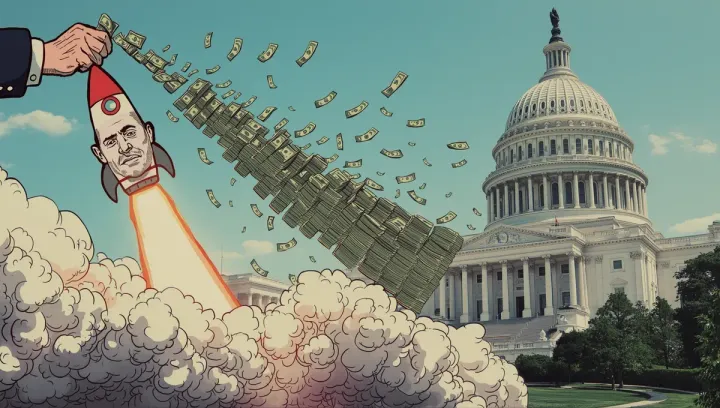
China's DIY Supercomputers: How Smuggled RTX 4090s Become AI Workhorses
We thought we understood the game. The West imposes strict sanctions on high-end AI hardware, and China, starved of the necessary silicon, struggles to keep pace. It’s a clean, top-down strategy of technological containment. But as a stunning new documentary from Gamers Nexus reveals, the reality on the ground isn’t just one of circumvention; it’s one of sophisticated, grassroots re-engineering.
The story is no longer just about smuggling. It’s about a billion-dollar shadow industry that takes readily available consumer gaming cards, like Nvidia’s RTX 4090, and transforms them into hardware capable of handling serious AI workloads. This isn’t just a leak in the dam of sanctions; it’s a river flowing underneath it.
From Gaming Rig to AI Powerhouse
The most fascinating part of this whole operation is the ingenuity. According to the documentary, Chinese repair shops have become the heart of this black market. They are not merely reselling smuggled goods; they are performing intricate modifications. They take a standard RTX 4090 and solder on additional memory chips, boosting its VRAM to 48GB-turning a card designed for ultra-settings in video games into a viable tool for training AI models.
This is a level of technical audacity that completely upends the logic of the sanctions. The West’s strategy is focused on blocking the sale of official, high-end datacenter GPUs like the A100 and H100. But what does that matter when a decentralized network of skilled technicians can simply build their own equivalents from smuggled consumer parts? It exposes a fundamental misunderstanding of the nature of the problem.
The Human Supply Chain
The methods for getting the cards into the country are just as resourceful. The documentary details a complex web of middlemen and, incredibly, international students acting as tech mules. For a fee of up to $1,400 per card, students will pack high-end GPUs in their luggage when returning home. It’s a distributed, low-risk, and highly effective supply chain that is almost impossible to police.
This isn’t a new phenomenon. The report highlights that these smuggling channels were carved out and perfected during the cryptocurrency mining boom over the last decade. When that market cooled, the infrastructure-the contacts, the methods, the know-how-was already in place. It simply pivoted to the next gold rush: AI hardware. This well-oiled machine is now more profitable and more critical than ever.
The Grand Illusion of Control
This entire situation paints a grim picture for Western policymakers. They are playing a game of chess, making strategic moves with sanctions and export bans. But the black market is playing a completely different game-a fluid, adaptive, and decentralized game of Go. For every official channel that is closed, a dozen unofficial ones spring up to take its place.
The billion-dollar-plus industry isn’t just a curiosity; it’s a direct challenge to the notion that technology can be contained by laws and regulations. It proves that the hunger for computational power, combined with human ingenuity and the profit motive, is a far more powerful force than any government decree.
The hard truth is that the only sustainable way to maintain a technological edge is to innovate faster than the competition can copy or steal. The current strategy of building walls is failing. While we congratulate ourselves on our tough stance, a legion of technicians in back-alley workshops are busy soldering together the future, one smuggled GPU at a time.


